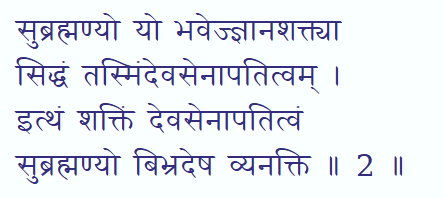The traffic in our metros is such, no time-estimate can be accurate. If you need to reach the railway station, it does not matter how early you start. You will still be scampering to board the train, and will barely make it, minutes from the train's departure.
Sometimes, you are not travelling but have the onerous responsibility to assist a relative to board the train. The ride to the station is nervy. You assure your relative, "Don't worry! We will surely make it! We still have 30 minutes! This traffic jam will clear up very soon!" By now, the relative has given up and looks at you with total mistrust!
It is a nail-biting finish. Tension is writ large on the face...the moment you reach the station. You must quickly spot the platform number from the overhead display. And then, make that 100 metre dash...yes, with the relative in tow, along with the pieces of luggage! In this overwhelming commotion, one vital point is completely missed- buying a platform ticket.
The train leaves- the rear of the last compartment melts into the horizon. It is now...it is now...that the platform ticket comes to mind. How did you miss it? How do you make your exit now?
The mind comes up with some brilliant suggestions. One part of the mind behaves like Raja Harishchandra, "Dude! Just go straight to the ticket-collector and confess. Tell him clearly- I forgot to buy the platform ticket. Punish me!" The other part of the mind is practical, "Don't be silly! You cannot be so idealistic in this day and age! Be smart and plan your way out!"
Planning your way out when you are guilty is not easy. The guilt is written all over the face. The eyes are shifty, like a prisoner who has just emerged from a daring jailbreak. You look this way and that....to check if any ticket-collectors can be spotted. Every human face looks like a prospective ticket-collector, about to nab you by the ear, sporting an evil grin. "You thought you could be over-smart and beat the system, did you? The arms of the law...are long and inescapable, my dear! Kaanoon ke haath...!" he trails away.
Fear takes over. A shiver runs down the spine. You shuffle your feet to the over-bridge at the platform. You check over your shoulder every few seconds, "Is someone watching? Is someone watching?" By now, a dog on the platform is alerted. Dogs can smell fear. You feel as though...not just this dog, rather, the entire pack of dogs, from all the platforms, are gunning for you, and they will collectively hand you over to the ticket-collector!
The mind comes up with an alternate approach, "Relax! Pretend as though nothing has happened. Be bold! No one will suspect you do not have a platform ticket. You can fake it and make it!" You take a few deep breaths and go for a complete makeover. You force your face to relax and wear a hint of a smile. You brush your hair back with a flick of the fingers. You roll up the sleeves. The palms go into the trouser pockets. Some self-advice is always good, "Walk with an irreverent, confident, swagger. And perhaps, even hum like Dev Anand- Har fiqr ko dhuen mein udata chala gaya! Who is going to suspect now?"
The railway platform dog is now thoroughly confused. His ears prick up- he has never seen anyone happier! After all, no one whistles and sings merrily, with such abandon, at a railway station. He comes up the over-bridge stairs, following closely at the heels. If the dog is suspicious, what chance do you have with the ticket-collector? None. Once look, and he will catch you by the ear!
You quickly scan other exit strategies. What if you cross the tracks on foot, from platform-7, and can get to the railway gate? One jump, and you will get to the road. But...but.. is it safe to cross the tracks? Ok! How about pretending that you are not an escort, but a traveller who has just alighted from the train? That should work, shouldn't it? But...but...the lack of any luggage in hand...will be a definite giveaway.
The last resort was to "prop up a Shikhandi". For the unversed, Shikhandi was a soldier in the Mahabharata war. When Arjuna could not face Bheeshma, he used Shikhandi as a shield. He propped Shikhandi upfront, hid at the back, and faced Bheeshma. This method should be effective. You go with a crowd of people, stick to them closely, but behind them. While the collector is busy checking the platform ticket for someone, quietly, unobtrusively, slip away! No fuss, none whatsoever! In Tamil, this is called the "Kumbal oda Govinda" strategy. It works all the time. What if you still get caught? You chide yourself, "Shut up! There is nothing in life...that is risk-free. Some calculated risks must be taken!"
The over-bridge walk was a never ending one. I stuck close and mingled with a motley crowd of passengers, on their way out. Suddenly, the walk ended in the open. The sky was blue, and the sun came down, nice and hard. There was no ticket-collector anywhere!
Some worries...have unexpected, simple endings! Har fiqr ko dhuen mein udata chala gaya!








